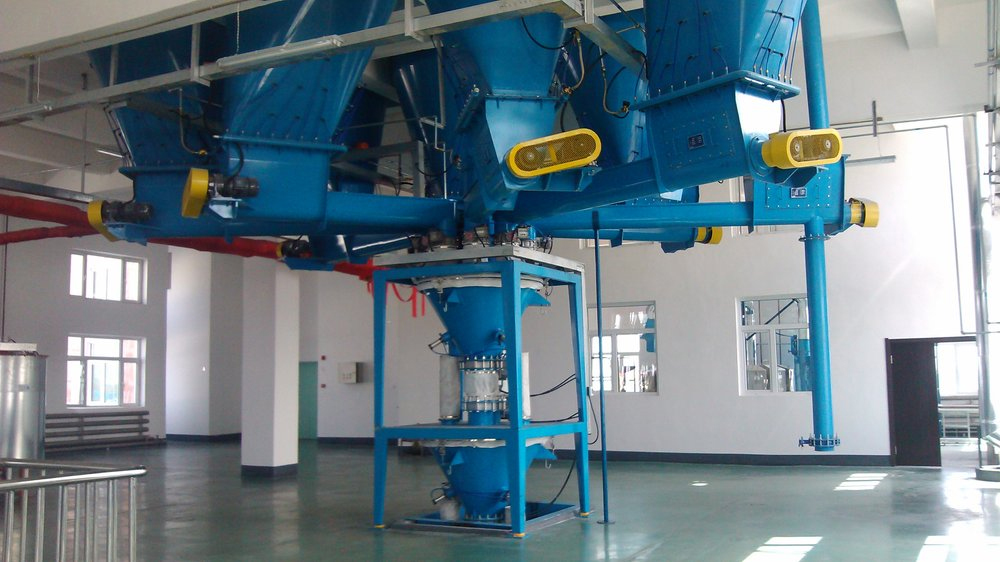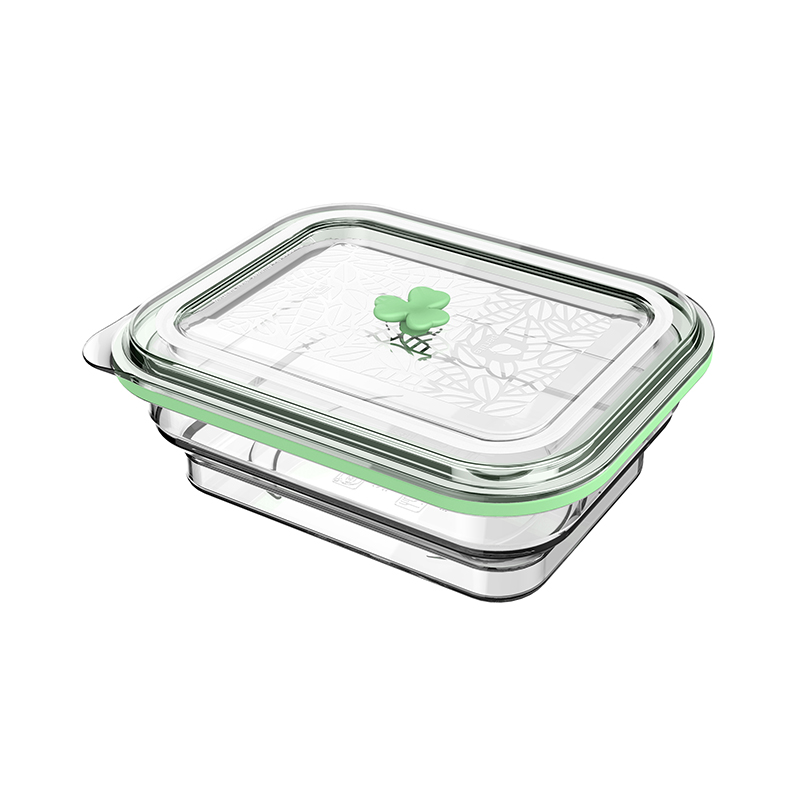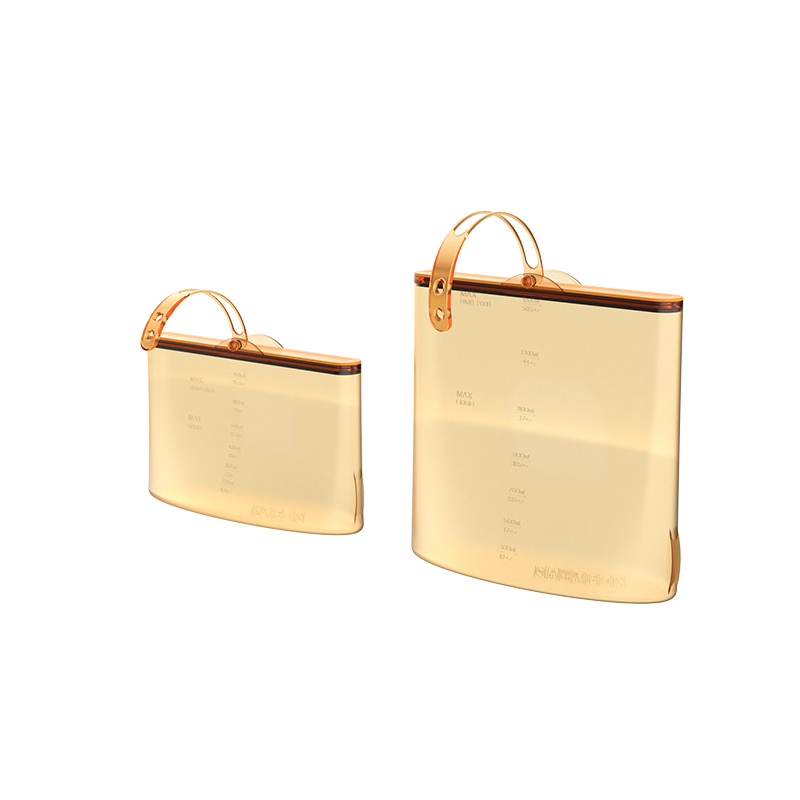How does silicone rubber change color
1. Soak the silicic acid gel in cobalt chloride solution and then dry and activate it to make the silicone rubber discolor. When used as a desiccant, it appears blue before absorbing water and turns red after absorbing water. The change in color indicates the degree of water absorption and whether regeneration treatment is needed. Silicone rubber is also widely used in steam recovery, petroleum refining, and catalyst preparation.
2. Silicone rubber is a porous material with different particle sizes, which is formed by properly dehydrating silicic acid gel mSiO2 · nH2O. Having an open porous structure with a large surface area per unit mass, it can adsorb many substances and is an excellent desiccant, adsorbent, and catalyst carrier.
3. The adsorption function of silicone rubber is mainly physical adsorption, which can be regenerated and reused. Add acid to alkali metal silicate (such as sodium silicate) solution to acidify it, and then add a certain amount of electrolyte to stir it to generate silicic acid gel; Alternatively, adding acid or ammonium salt in a concentrated sodium silicate solution can also generate a silicic acid gel. The silicic acid gel is allowed to stand for several hours to age, then the soluble salts are washed off with hot water, dried at 60~70 ℃ and activated at about 300 ℃ to obtain silica gel.
4. Silicone rubber is a highly active adsorbent material, belonging to amorphous substances, with a chemical molecular formula of mSiO2 · nH2O. Insoluble in water and any solvent, non-toxic and odorless, chemically stable, and does not react with any substance except strong alkali and hydrofluoric acid. Various types of silicone gel form different microporous structures due to their different manufacturing methods. The chemical composition and physical structure of silicone determine that it has many characteristics that are difficult to replace by other similar materials: high adsorption performance, good thermal stability, stable chemical properties, and high mechanical strength. Silicone can be divided into macroporous silicone, coarse pore silicone, B-type silicone, and fine pore silicone based on their pore size.








